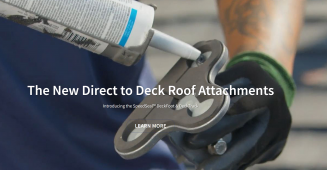Hi Everyone. as a part of my residential install research, I have spent weeks working to understand the laws/requirements for solar panel installations on the roof of an occupied dwelling (ie; a home) in the United States. Bottom line-- you need to have a listed solution to all of these requirements to be in compliance. Good luck! Hopefully this list will help with your research.
Also, please keep in mind... this list is not exhaustive; just the major ones that are the hardest to comply with.
----------
Primary NEC requirements - NEC 690 Solar Photovolatic (PV) Systems
NEC 690 is your "law" however your local jurisdiction has final say; Authority Having Jurisdiction "AHJ" as most people reference it here on the forum. On a state-by-state basis, you need to determine what NEC version you comply to. If you stick with the latest requirements, you're probably most in compliance.
Check here:
here's the 2017 version of the NEC
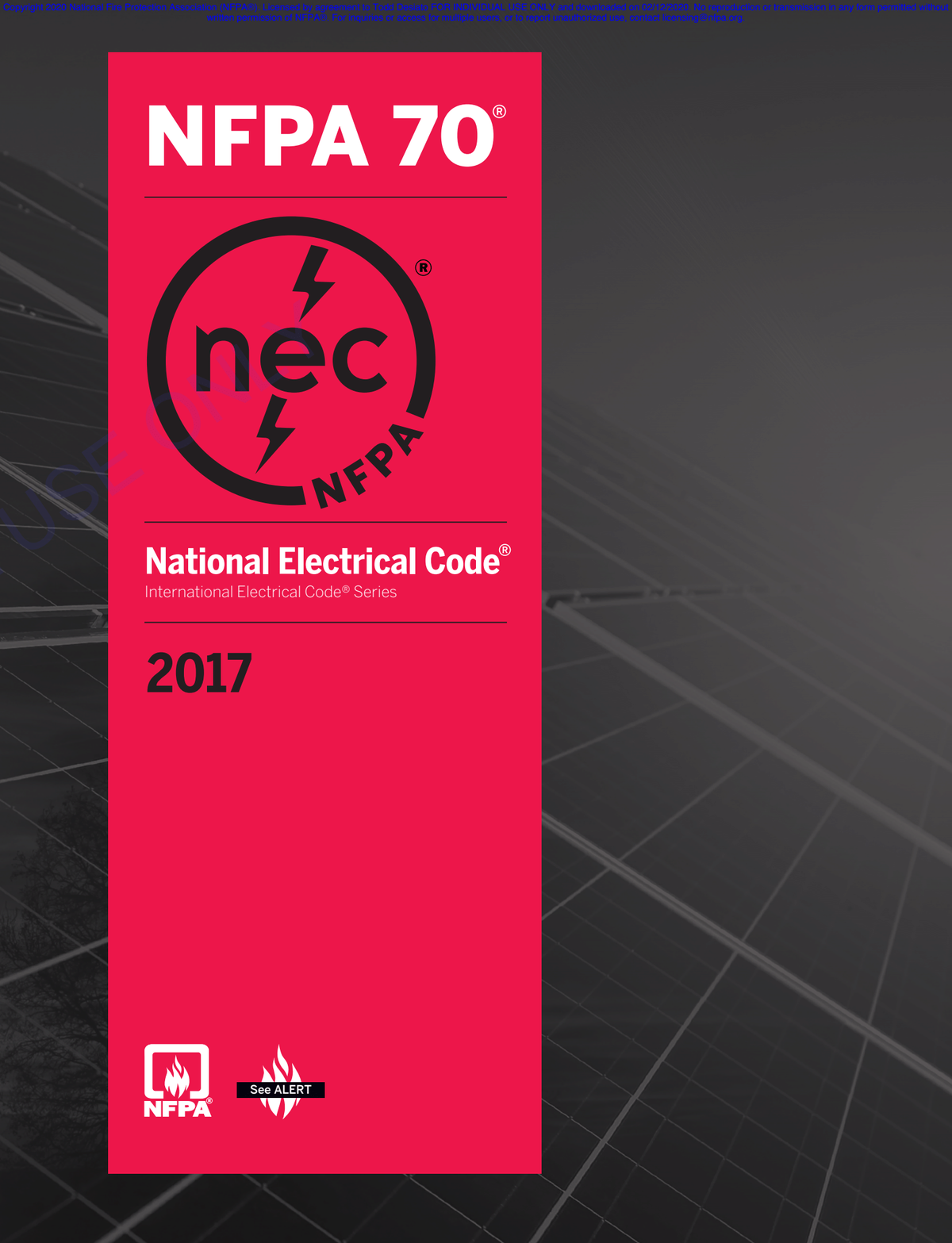
----------
Arc-Fault Circuit Interruption (AFCI) -- 690.11
PV systems operating at 80V dc or greater between any two conductors must be protected by a listed PV arc-fault circuit interrupter or other component listed to provide equivalent protection.
Relevant links
note:
To my knowledge, there is no standalone listed AFCI solution available. The UL approved options are all integrated in the SCC/Inverter/All-in-one unit, and/or employed with a micro-inverter based system. I would strongly advise you do NOT implement any SCC that does not support arc-fault detection and interruption from the factory. This is a critical safety feature and you can't add it on later.
----------
Rapid Shutdown (RSD) -- 690.12
PV system circuits installed on or in buildings shall include a rapid shutdown function that controls specific conductors in accordance with 690.12(1) through (5) as follows.
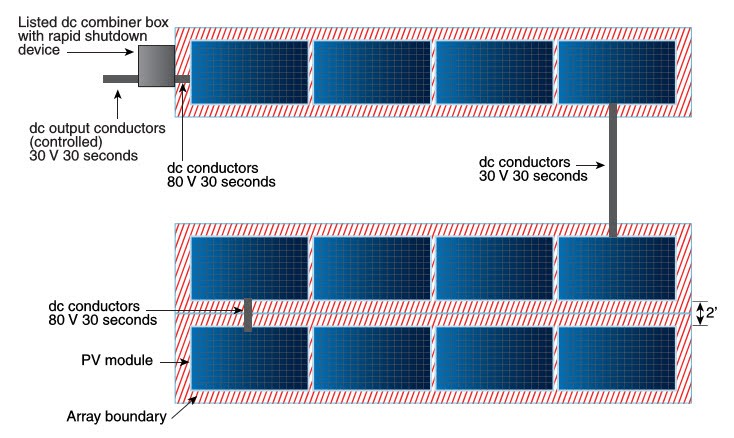
 www.altestore.com
www.altestore.com
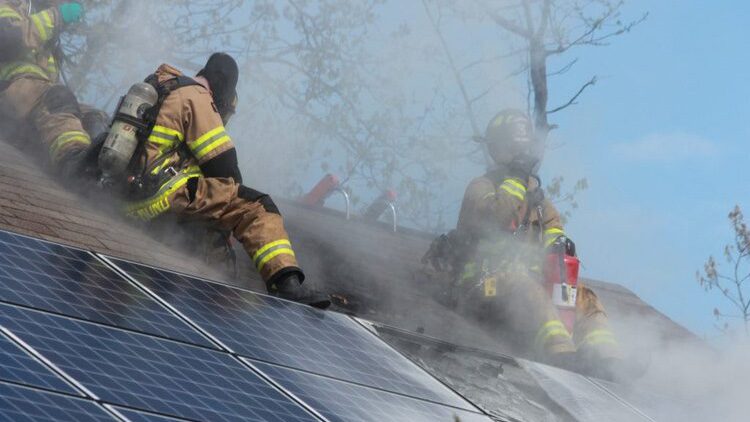
 www.mayfield.energy
www.mayfield.energy
Note:
To my knowledge both Tigo and IMO FireRaptor do offer RSD systems that can be installed in a standalone fashion and both are UL listed
----------
Ground Fault Protection -- 690.5
Grounded dc PV arrays shall be provided with dc ground-fault protection meeting the requirements of 690.5(a) through (c) to reduce fire hazards. Ungrounded dc PV arrays shall comply with 690.35
(a)Ground-fault detection and interruption
the ground fault protection device or system shall:
1. be capable of detecting a ground fault in the PV array dc current-carrying conductors and components include any intentinoally grounded connectors
2. interrupt the flow of fault current
3. provide an indication of the fault
4. be listed for providing PV ground fault protection
helpful

 diysolarforum.com
diysolarforum.com
Note:
Ground-fault protection can be met by installing a UL listed DC ground-fault breaker. Something like a Midnite solar MNDC-GFP63
----------
PV Disconnect -- 690.1
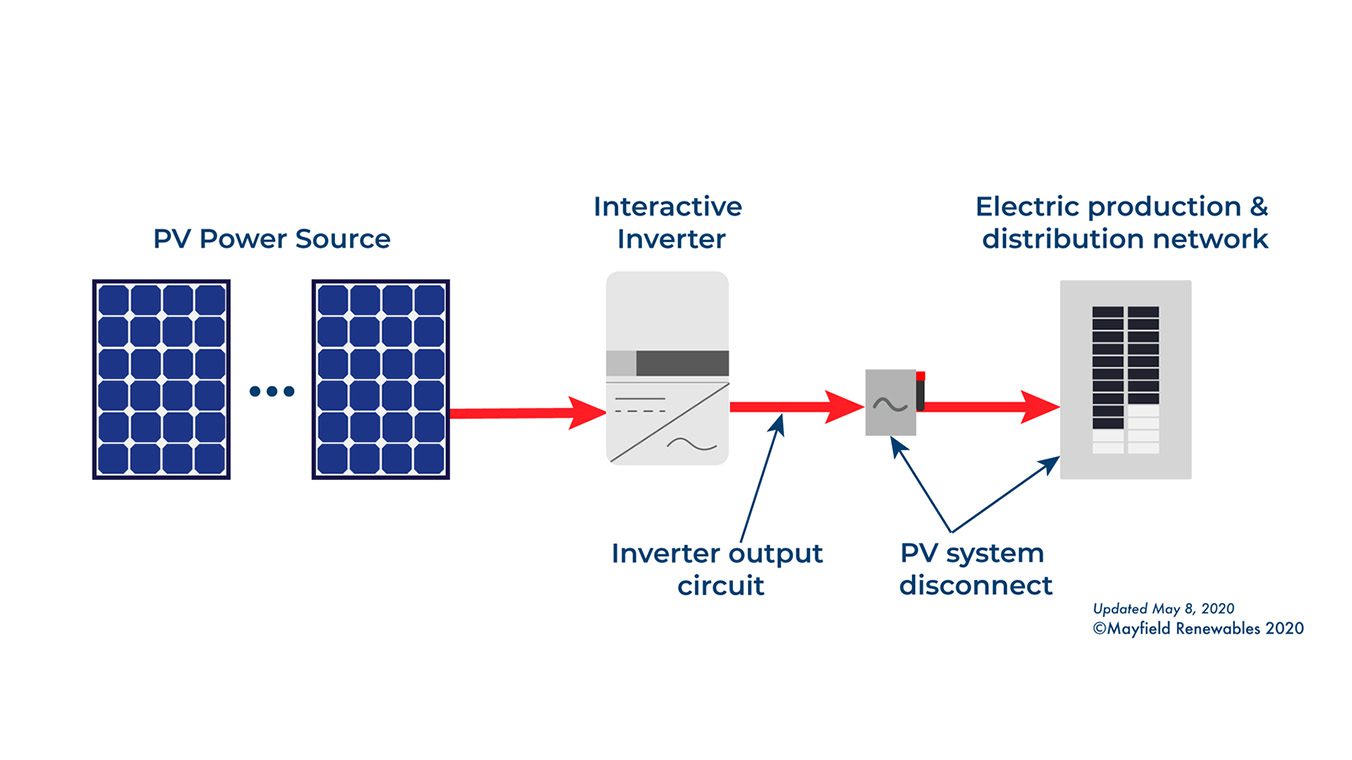
 www.mayfield.energy
www.mayfield.energy

 avilasolar.com
avilasolar.com
----------
Overcurrent Protection 690.6(d)
The output circuits of ac modules shall be permitted to have overcurrent protection and conductor sizing in accordance with 240.5(b)(2)
----------
UL listed equipment
Basically, you have to use all UL listed equipment. Yes, that means even the roof brackets and rail system.
----------
Conductor Sizing 690.8(b)

 diysolarforum.com
diysolarforum.com
pro-tip... wiring Temperature Derating
-- If you're running wire in an attic or other heated space, you need to accommodate for temperature correction.

 diysolarforum.com
diysolarforum.com

----------
Panel Setback On the Roof
- panel spacing and placement for edges, valleys and gables
link relevant to CSC, International Building Code and NEC 2017 requirements

"Use the 3ft Rule"
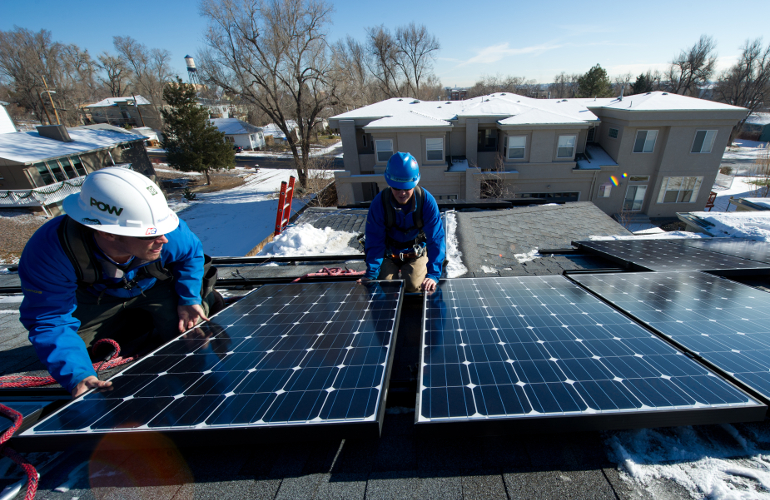
 www.solarpowerworldonline.com
www.solarpowerworldonline.com
----------
Flashing and Rail Systems
Flashing must be installed for all roof penetrations and roof brackets must be screwed directly to roof trusses
note:
There are listed/UL approved systems for feet, flashing and rails. ironridge.com is the "standard" as of writing this
EJansen suggested a very new listed solution from Snap-n-Rack that appears to be exceptionally promising -- https://snapnrack.com/products/speedseal/
Also, please keep in mind... this list is not exhaustive; just the major ones that are the hardest to comply with.
----------
Primary NEC requirements - NEC 690 Solar Photovolatic (PV) Systems
NEC 690 is your "law" however your local jurisdiction has final say; Authority Having Jurisdiction "AHJ" as most people reference it here on the forum. On a state-by-state basis, you need to determine what NEC version you comply to. If you stick with the latest requirements, you're probably most in compliance.
Check here:
here's the 2017 version of the NEC
----------
Arc-Fault Circuit Interruption (AFCI) -- 690.11
PV systems operating at 80V dc or greater between any two conductors must be protected by a listed PV arc-fault circuit interrupter or other component listed to provide equivalent protection.
Relevant links
How to Comply w/NEC 2017 690.11 Arc-Fault Circuit Proection (DC)-Strings > 3 Modules?
How to Comply w/NEC 2017 690.11 Arc-Fault Circuit Proection (DC)-Strings > 3 Modules? Is there any DC Arc-Fault protection equipment currently available that can satisfy the requirements of NEC 2017 690.11 for PV source and output circuits with over three 60 cell PV modules in series? If "no"...
forums.mikeholt.com
NEC2017 - AFCI exception for non-building systems
NEC2017's 690.11 section now has an exception to not require AFCI on ground-mount systems, provided certain conditions are met. The system & its wiring are not on or in a building The wiring is either Direct buried In a metal raceway In an enclosed metal cable tray This exception seems to...
forums.mikeholt.com
note:
To my knowledge, there is no standalone listed AFCI solution available. The UL approved options are all integrated in the SCC/Inverter/All-in-one unit, and/or employed with a micro-inverter based system. I would strongly advise you do NOT implement any SCC that does not support arc-fault detection and interruption from the factory. This is a critical safety feature and you can't add it on later.
----------
Rapid Shutdown (RSD) -- 690.12
PV system circuits installed on or in buildings shall include a rapid shutdown function that controls specific conductors in accordance with 690.12(1) through (5) as follows.
- More than 5′ inside a building, or more than 10’ from a PV array
- Controlled conductors shall be limited to not more than 30V and 240 volt-amperes within 10 seconds of rapid shutdown initiation
- Voltage and power shall be measured between any two conductors and between any conductor and ground.
- The rapid shutdown initiation methods shall be labeled in accordance with 690.56(B).
- Equipment that performs the rapid shutdown shall be listed and identified.

NEC 690.12 Rapid Shutdown of PV Systems on Buildings - Inverters | altE
Since its start in 2014, the NEC requirement 690.12 for rapid shutdown of PV inverters has undergone changes in 2017 and 2020. Stay up to date here.
 www.altestore.com
www.altestore.com

NEC 2020 Rapid Shutdown Requirements — Mayfield Renewables
Section 690.12 of the 2020 National Electrical Code (NEC 2020) covers rapid shutdown requirements and represents a vitally important safety requirement for solar PV systems.
Note:
To my knowledge both Tigo and IMO FireRaptor do offer RSD systems that can be installed in a standalone fashion and both are UL listed
----------
Ground Fault Protection -- 690.5
Grounded dc PV arrays shall be provided with dc ground-fault protection meeting the requirements of 690.5(a) through (c) to reduce fire hazards. Ungrounded dc PV arrays shall comply with 690.35
(a)Ground-fault detection and interruption
the ground fault protection device or system shall:
1. be capable of detecting a ground fault in the PV array dc current-carrying conductors and components include any intentinoally grounded connectors
2. interrupt the flow of fault current
3. provide an indication of the fault
4. be listed for providing PV ground fault protection
helpful

Ground Fault Protection On Solar Panel Arrays.
To get the paper, click on the orange button at the top of the screen. This paper provides a summary of what a PV ground fault is, what NEC requires for PV Ground Fault Protection and how PV ground Fault Protection is typically implemented...
Note:
Ground-fault protection can be met by installing a UL listed DC ground-fault breaker. Something like a Midnite solar MNDC-GFP63
----------
PV Disconnect -- 690.1

PV Disconnect Placement per NEC 2017 Article 690.1 — Mayfield Renewables
Engineers, designers, installers, and manufacturers need to stay on top of jurisdictional code changes to ensure their products and systems will operate safely. Local regulations will vary, but there is perhaps no code more important to photovoltaic (PV) manufacturers, designers, and installers...

NEC 2017 690.1 & PV Disconnect Placement - Avila Solar Drafting
In 2017, Article 690 of the National Electric Code (NEC) was updated, which tells solar designers, engineers, and installers how to ensure that a PV (solar
 avilasolar.com
avilasolar.com
----------
Overcurrent Protection 690.6(d)
The output circuits of ac modules shall be permitted to have overcurrent protection and conductor sizing in accordance with 240.5(b)(2)
----------
UL listed equipment
Basically, you have to use all UL listed equipment. Yes, that means even the roof brackets and rail system.
----------
Conductor Sizing 690.8(b)
690.8(B) Conductor sizing
Let me start out by saying I DO NOT LIKE REVIEWING SOLAR! Now that I got that off my chest, The issue I have is off a string the current, per the micro-inverter optimizer is 15A. There are 3 strings going from a combiner box to the inverter with 6 #10. Per 690.8(B) if I choose option 1, I...
forums.mikeholt.com

NEC 690.8: Any experts out there?
Folks, I have spent the last several days wandering through the labyrinth called the NEC trying to determine exactly what it says for solar panel wiring. I have learned a lot about the code requirements but there is one thing that one of you might be able to help me with. NEC 2017 excerpts...
pro-tip... wiring Temperature Derating
-- If you're running wire in an attic or other heated space, you need to accommodate for temperature correction.

10/2 MC armorlite in attic DC from roof box to disconnect -- attic temp derating?
hi everyone, so, working on continued planning and trying to nail down wiring from my roof junction box to PV disconnect near the inverter. i'm in michigan. NEC approved flexible MC armorlite a while ago for attic use. yay --...
----------
Panel Setback On the Roof
- panel spacing and placement for edges, valleys and gables
link relevant to CSC, International Building Code and NEC 2017 requirements
"Use the 3ft Rule"

Know your codes for solar mounting
By Dan Felix, IronRidge training manager In the realm of solar mounting, codes are “alive” in that they are constantly being updated to keep pace with an
 www.solarpowerworldonline.com
www.solarpowerworldonline.com
----------
Flashing and Rail Systems
Flashing must be installed for all roof penetrations and roof brackets must be screwed directly to roof trusses
note:
There are listed/UL approved systems for feet, flashing and rails. ironridge.com is the "standard" as of writing this
EJansen suggested a very new listed solution from Snap-n-Rack that appears to be exceptionally promising -- https://snapnrack.com/products/speedseal/
Last edited:



